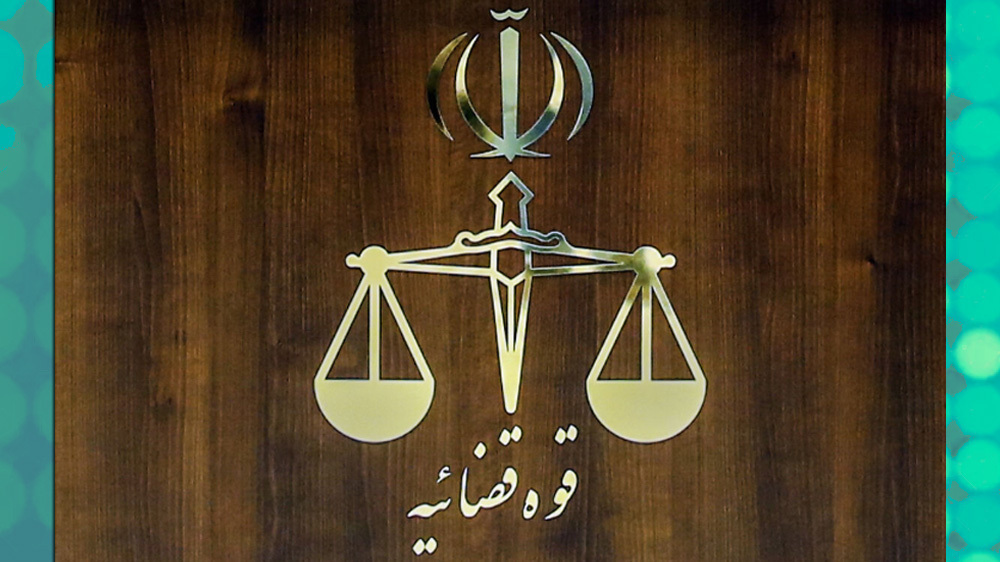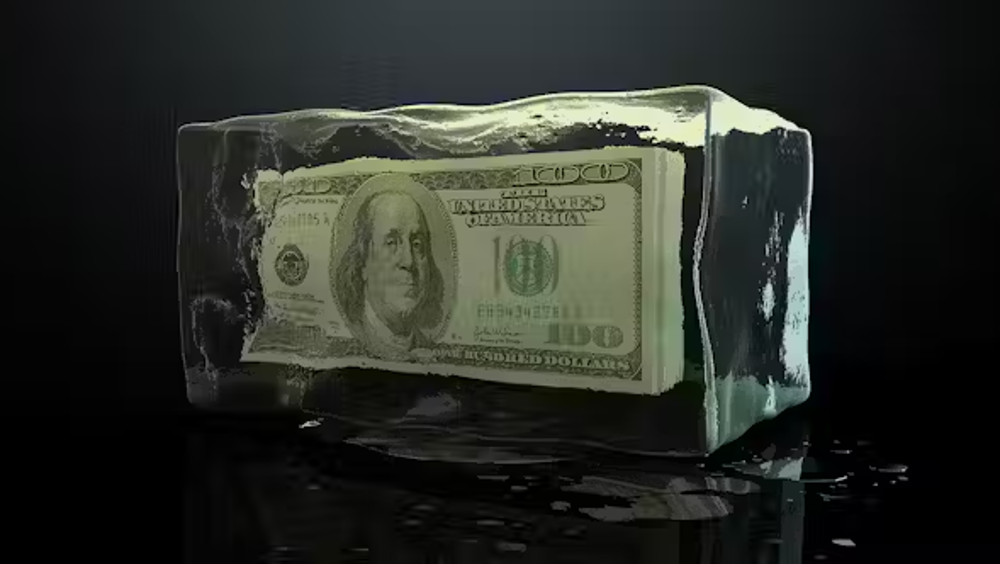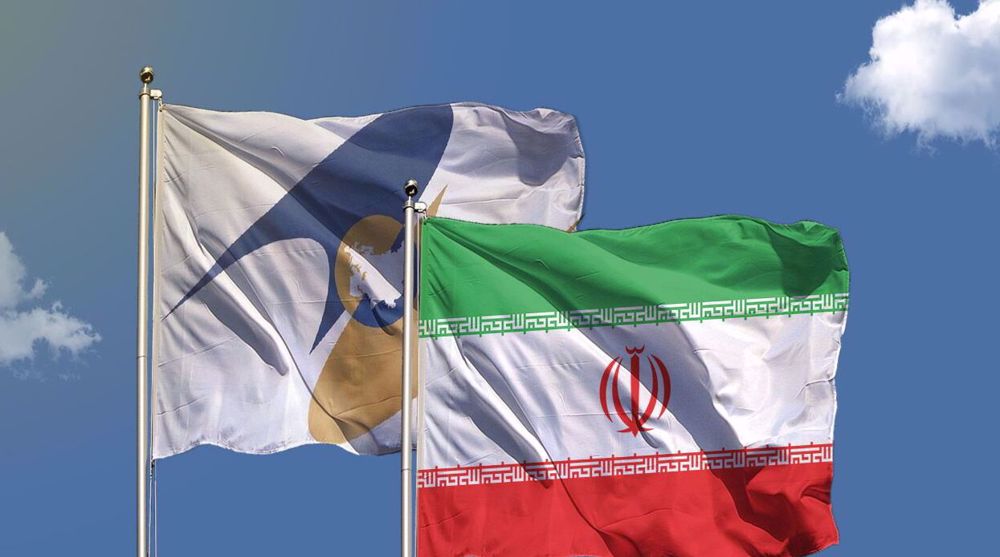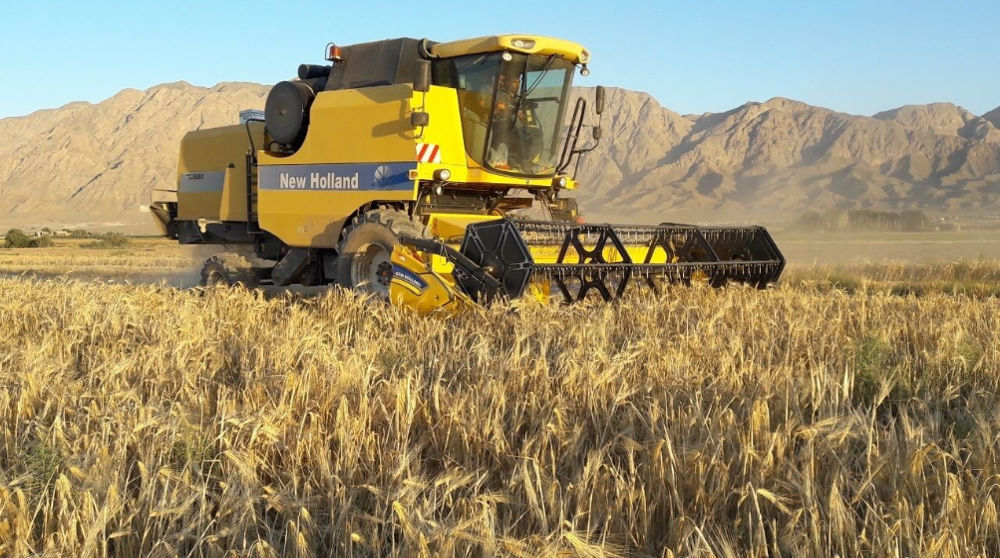Role of wheat self-sufficiency in Iran’s security
Iran's wheat production is expected to reach 15 million metric tons for the 2023-2024 harvest year, the agriculture ministry says.
The government has already purchased 11.9 million metric tons from farmers, a 16% increase from the previous year. With an annual requirement of 11.5 million metric tons, Iran is on the path to self-sufficiency in wheat.
The Iranian government buys wheat from domestic farmers at a guaranteed price to build its strategic reserves and regulate the market. The bulk of the crop depends on seasonal precipitation, where irrigated wheat covers only one-third of the total area of 6.5 million hectares used for harvest, making yields subject to cycles of boom and bust.
Given the strategic importance of wheat in food security and its role in the livelihood of Iranians, the government has always tried to provide the platform and necessary conditions to boost production in order to achieve self-sufficiency and maximize the welfare of the society.
The fact that about 52% of the food in the diet of Iranians consists of products derived from wheat calls for strategic support and strategy to ensure and modify production and consumption patterns where the wastage of agricultural products is said to be enough to provide food for a country of 15 million people.
According to president of the National Foundation of Wheat Farmers Ataollah Hashemi, 90% of food security in Iran depends on wheat self-sufficiency.
Food security is a key policy area for global state planners, and for Iran, it is additionally crucial in the face of a protracted drought where falling water tables are adversely affecting harvests and the basket of agricultural products is narrowing.
Iran's self-sufficiency in wheat production, while providing food security, has positive security and political consequences. The country is the target of intensified sanctions which often hit the people’s means of sustenance in the most difficult times.
Regardless of its health, social and economic benefits, food has always been used as a weapon. A review of the history of human wars indicates that the most lethal weapon used in certain junctures has been the public nutrition.
Russia’s launch of “military operation” in Ukraine in 2022 sent wheat prices to new highs as the two countries account for nearly 30% of global exports. Concerns over production and export potential have lingered ever since.
Under the circumstances, the vitality of strategic products such as wheat is quite evident in economic planning.
Iranians are among the biggest consumers of bread in the world, where households draw 47% of their daily calorie from wheat products. They account for 1% of the world population but consume roughly 2.5% of wheat produced worldwide.
There are around 350 operational flour mills in the country with a milling capacity of 24 metric tons per annum. Current milling consumption is around 12 metric tons per year, and total domestic consumption, including culinary such as pasta-making, is reportedly around 12.5 metric tons.
Millions of Afghans have also arrived in recent years, whose main staple is bread, putting Iran’s inventories under pressure.
The idea of self-sufficiency in wheat production has been on the Iranian government's agenda since 1980, and the state’s intensive role and intervention in the wheat market has gradually turned it into the most important economic agent.
Security is the main cornerstone of a country's strength and progress. Food security as an economic and social factor has a special place in strengthening national security, the absence of which will put the overall security of the country at risk.

Iran court jails ex-ministers over role in massive corruption case

Unraveling Iran’s puzzle of assets frozen abroad

Iran signs into law its free trade deal with EAEU
VIDEO | Press TV's News Headlines
Iraq warns US its power grid would collapse without Iran gas supplies
Iran rules out talks aimed at dismantling ‘peaceful nuclear program’
Israeli army kills five Palestinians in Gaza despite ceasefire
Israeli sniper admits he stopped counting after killing 200 Palestinians in Gaza
VIDEO | Honoring Palestine and Lebanon on Women’s Day
Trump's idea of mass deportation of Palestinians from Gaza is 'pure fantasy': UN rapporteur
Clashes, revenge killings in Syria leave more than 1,000 dead in 2 days







 This makes it easy to access the Press TV website
This makes it easy to access the Press TV website